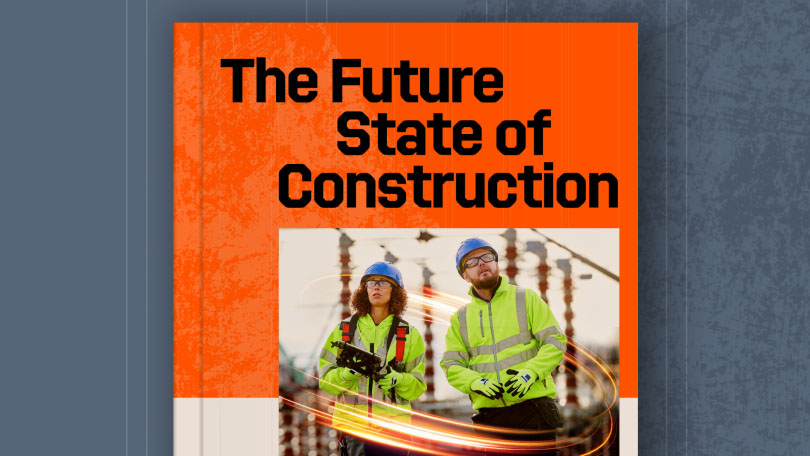— 5 min read
Why Construction Needs to Invest in Digital Twins
Last Updated Oct 24, 2025
Last Updated Oct 24, 2025
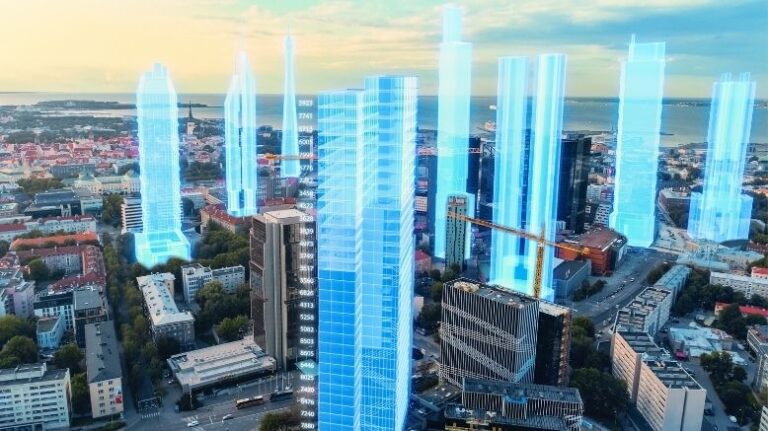
A digital twin in construction is an exact virtual representation of a building that continuously pulls in live data about it to reflect its real-time status. It’s more than just a digital model. Think of the difference between two cars that are the same age, the same specification and the same colour — but one has service history and one doesn’t. The car with service history has data about its condition that helps a future owner to understand and anticipate how it needs to be used and maintained. That’s what a digital twin does. A 3D model without any data is like the car without the service history — data powers a digital twin.
As of today the construction industry has a long way to go towards the adoption of digital twins. A small minority of companies are doing amazing things, but in general, they’re not a common tool on a job site. This is partly because clients aren’t asking for digital twins as a requirement and partly because there is an industry-wide educational issue, which means digital twin skills and technologies aren’t being widely embraced, yet.
Culturally, there’s an issue and educationally, there’s an issue — digital twin technology gets put in the ‘too difficult’ box.
Dr Bola Abisogun OBE
Founder and CEO
AI-QS
Table of contents
Digital Twins, Health and Safety and Compliance
Digital twins can deliver benefits to many different areas of construction but a particularly important area is around compliance, especially in relation to health and safety regulations. The Building Safety Act puts a legal obligation onto the client to maintain a ‘golden thread’, or a digital record of information about everything that concerns a building’s lifecycle from design to operation. Everything that happens in the process of building an asset needs to be recorded. A digital twin can be a key enabler of both storing and evidencing that information for auditors or regulators.
I believe the golden thread can be a 5D, fully-federated digital twin. A digital twin should reflect that golden thread because you can go backwards all the way through construction, all the way through pre-construction on a 5D twin.
Dr Bola Abisogun OBE
Founder and CEO
AI-QS
While the onus is on the client for collecting and storing that information, it also requires collaboration and input from the consultants, contractors and subcontractors working on a project. Clients need to be intentional about the requirements and outcomes they outline in their contracts. This applies to both satisfying legal requirements and using digital twin technology: if a client doesn’t make their expectations around the use of technology and methods of documentation 100% clear, the supply chain can’t read their minds and deliver to an unwritten spec.
How Digital Twins Benefit All Parties in Construction
In addition to helping clients and construction workers provide evidence they are building in line with legal requirements, there are other ways that digital twins benefit a construction project.
For subcontractors, the main benefit is protecting the profit margin. With a digital twin, they can design the project first, clash detect it and then build it on a one-to-one ratio with an optimised programme with the optimum number of workers for the quickest possible outcome and best possible deliverable. Each aspect of this reduces waste for the construction company and offers an undeniable cost benefit.
My view is if you get pre-construction right, construction will fly.
Dr Bola Abisogun OBE
Founder and CEO
AI-QS
For clients, there are a number of other benefits to using digital twins. These include:
+ Enhanced design visualisation
+ Better coordination between subcontractors
+ Real-time progress tracking
+ Visibility into asset performance
+ The ability to optimise assets after handover
+ Better facilities management
Barriers to Widespread Digital Twin Adoption
Digital twins offer construction professionals a competitive edge on project lifecycle management. But there are two main barriers: a low appetite for advanced innovation and skills issues.
The low appetite for innovation stems from an industry-wide reluctance to digitally transform because of the misconception that the old model for construction is still suitable for today’s construction projects and environment. It’s true that not every company operates from this standpoint. But not enough companies are making bold moves to step beyond the status quo and take advantage of the technological advances that can be borrowed from other industries.
The skills issue is equally challenging. A low appetite for innovation leads to lack of investment in new digital skills, which means there aren’t enough site operatives who understand and can work with digital twins in today’s market. The technology is evolving faster than skillsets, and in an industry which is already slow to adopt new tech, it’s very difficult to keep up.
The Future of Digital Twins in Construction
Although digital twin adoption is currently slow, there is a bright future ahead for the construction industry given the right prioritisation and investment. Part of this investment is in the future generation of construction workers’ skills, which should be high on the agenda for the industry. A recent report, Developing Digital Competency in the Built Environment, outlines the digital skills that are needed in construction today, and offers a wide range of case studies and recommendations to help construction companies progress.
I'm focused on young people because they get it. They don't have the baggage or the prejudice that a lot of us in the industry have. That’s why I created the Digital Twin Skills Academy: to cultivate the next generation of digital construction talent.
Dr Bola Abisogun OBE
Founder and CEO
AI-QS
The more companies begin to adopt digital twin technology, the more exciting use cases will become viable. The convergence of digital twins and insurance is one example: digital twins could be used to de-risk projects and to gain more accurate insurance quotes. Insurers can be more precise with their quotes when they are given more comprehensive data. This is exactly what a digital twin can offer them.
If you want to get insurance at the right number, in two to five years, your insurer will ask you for an API to your model.”
Dr Bola Abisogun OBE
Founder and CEO
AI-QS
The potential for digital twins is huge, and it’s up to us as construction professionals to inspire and educate the next generation of talent to unlock the benefits that the technology can bring, not only to their careers, but also to the whole construction industry.
Categories:
Written by
Explore more helpful resources
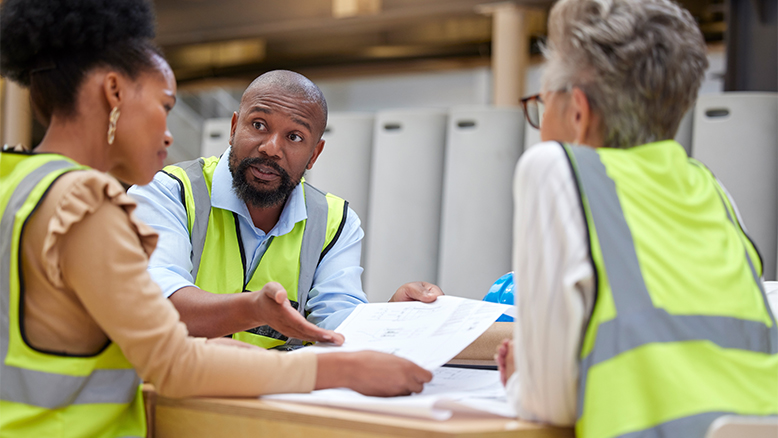
Control the Chaos: Standardising Document Workflows in Construction Projects
Document control and implementation play a central role in managing risk, meeting deadlines, and delivering projects to spec. As builds become more complex and teams increasingly disperse, the volume and...
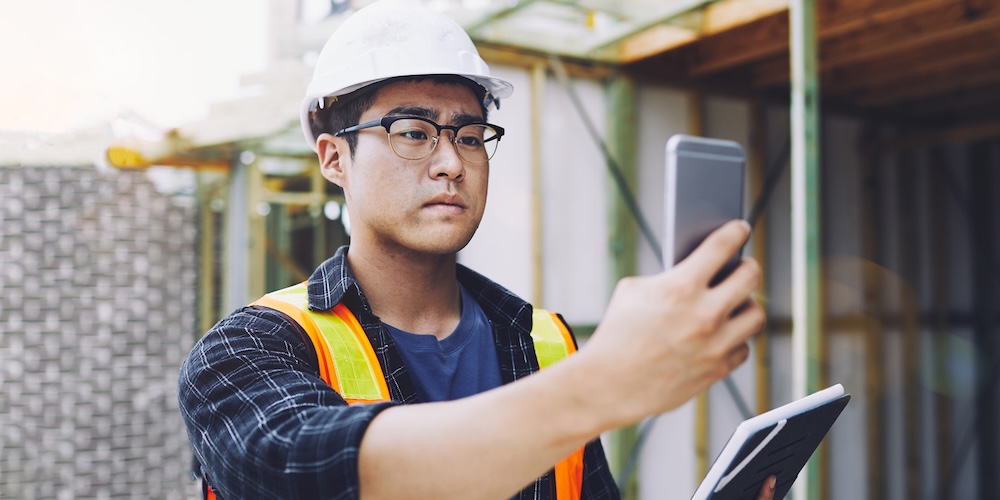
Cost-Plus Construction Contracts in the UK
A construction cost-plus contract – sometimes called a cost-reimbursable or prime cost contract – reimburses all project costs and adds a fee to cover the contractor’s overhead and profit. UK...
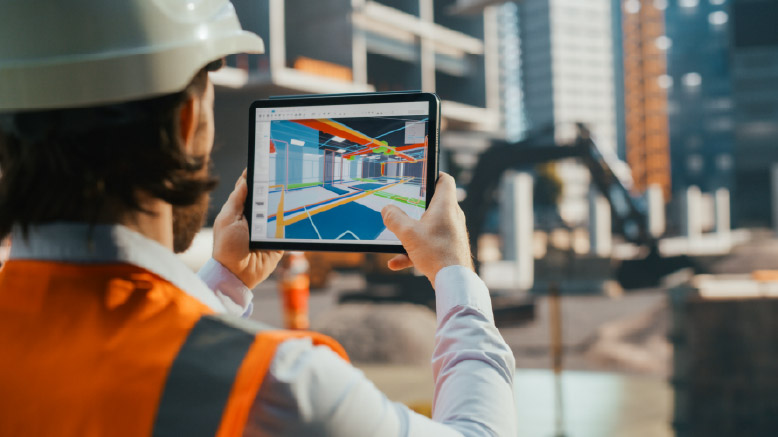
Digital Construction Technology for Whole-Life Value
For decades, the construction industry has kept a narrow focus on capital cost — the one-time, upfront costs of a construction project. While in the short term this seems like...

UK Construction Progress Reports: Tools for Smarter Site Management
Construction progress reports track completed work, on site issues, costs, and safety so UK project teams can demonstrate progress, secure payments, and stay on programme. Accurate progress data is essential...
